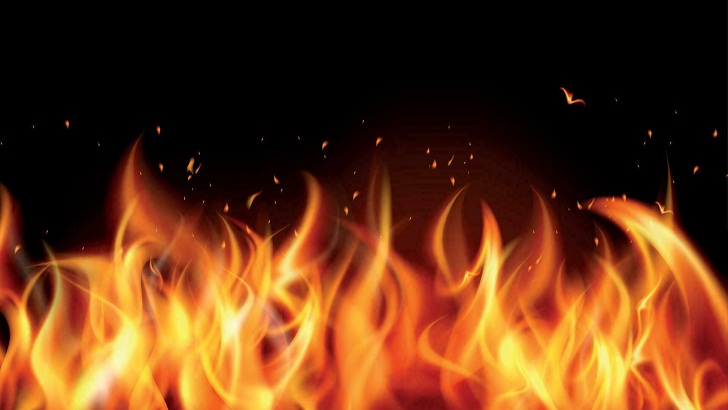

ा - AGNI(Fire)
Our Planet Fire!
The phrase "Save Fire" can be interpreted in several contexts, such as preserving the natural role of fire in ecosystems, preventing wildfires, and promoting fire safety practices in human habitation. Here are various strategies to "Save Fire" in the context of conservation, safety, and awareness: 1. Fire Prevention and Safety - Educate the Community: Raise awareness about fire safety practices, including how to use fire safely in outdoor settings, understanding fire bans, and the importance of maintaining a defensible space around properties. - Create Firebreaks: In wildfire-prone areas, landowners and communities can create firebreaks—strips of land cleared of vegetation—to slow or stop the spread of wildfires. 2. Wildfire Management - Controlled Burns: Advocate for and support controlled or prescribed burning practices managed by professionals. This ecological technique helps reduce the buildup of underbrush that can fuel wildfires and maintain balanced ecosystems. - Participate in Community Fire Programs: Get involved with local fire management or conservation programs that focus on education and resource management in fire-prone areas. 3. Fire Ecology Awareness - Understand Fire's Role in Ecosystems: Promote education about how fire can play a natural role in certain ecosystems, such as promoting growth, maintaining species diversity, and clearing underbrush. - Support Research and Conservation: Engage with organizations that study fire ecology and its role in natural landscapes. Supporting research can help communities better understand and manage controlled burns and fire prevention techniques. 4. Personal Preparedness - Create an Emergency Plan: Prepare for potential wildfire threats by creating an emergency evacuation plan for yourself and your family, including maintaining updated emergency kits, points of contact, and evacuation routes. - Fire-Resistant Landscaping: If you live in a fire-prone area, replace flammable vegetation with fire-resistant plants, and maintain a defensible space around your home by clearing debris and creating buffer zones. 5. Promoting Safe Use of Fire - Outdoor Fire Safety: Educate others about the safe use of campfires, outdoor grills, and fireplaces. Always follow local regulations, avoid starting fires during high-risk periods (e.g., dry conditions), and ensure fires are completely extinguished afterward. - Safe Cooking Practices: Promote the use of fire-safe cooking methods and appliances, and encourage proper maintenance of fire equipment like vent hoods and stovetops to prevent accidental fires. 6. Community Engagement - Organize Fire Safety Workshops: Collaborate with local fire departments or organizations to host fire safety workshops that teach community members about fire risks and safety practices. - Engage Youth in Fire Safety Education: Implement programs in schools to teach children about fire safety, prevention, and the ecological importance of fire, fostering a culture of fire awareness from a young age. 7. Use of Fire in Cultural Contexts - Respect Indigenous Practices: Advocate for the understanding and integration of traditional Indigenous fire management practices that have been proven effective in maintaining healthy landscapes. - Promote Cultural Events: Organize and participate in cultural events that celebrate the positive aspects of fire, such as ceremonies or community gatherings that focus on the importance of fire in various traditions. Conclusion The concept of "Saving Fire" involves recognizing the dual nature of fire as a vital ecological process and a potential danger. By focusing on fire prevention, safety, ecological education, and community engagement, we can protect lives and property while also respecting and utilizing fire's positive role in nature. Through responsible practices and collective action, we can effectively "Save Fire" and harness its benefits while minimizing its risks. Earth is the only planet we know of that has ever had a fire. While there may be volcanos pushing out hot magma on the surface of Venus, the hottest planet in the Solar System, there has never been a fire there.Ring of Fire is a string of volcanoes and sites of seismic activity, or earthquakes, around the edges of the Pacific Ocean. Roughly 90 percent of all earthquakes occur along the Ring of Fire, and the ring is dotted with 75 percent of all active volcanoes on Earth. The Ring of Fire isn't quite a circular ring..
Fire waste can never be replaced.!
Safety first, always.!
Be fire ready, stay fire safe.!
Safety first, always.!